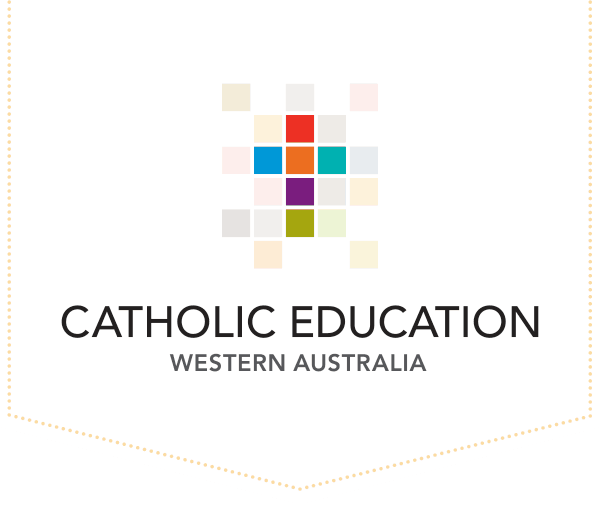FAQs
Will students be informed about the Child Safe Framework?
Absolutely. The voice of the child is an important element of the Framework. Schools are required to incorporate student's ideas and feedback into what creates a safe environment for them.
Where can I find relevant CECWA policies?
Relevant policies can be found on CEWA's external website here
Who should I speak with if I see something that concerns me?
The school’s process should have been provided to you. If not, depending on the issue, you might speak with the class teacher first, or ask to speak with the Principal.
What if I feel uncomfortable notifying someone at my school about "questionable" behaviour in staff or other students?
The Code of Conduct provides clear guidance on behaviour and decision making, including when schools need to be notified. When you see such behaviour, you don't need to "judge" the intent of the behaviour, only recognise that it is occurring. Once the Principal is aware of it, they have a number of strategies available to manage the behaviour. The Principal might be able to suggest better ways to manage the situation. They could simply take note of the occurrence, or they may opt for a more formal process.
Why is my school teaching a Protective Behaviours-type curriculum?
The aim of this type of curriculum is to educate children and young people in ways to problem solve and seek help when faced with unsafe situations. This is not just about abuse prevention but about skills that they can use in their everyday life. Many aspects of such curricula are already being taught in various learning areas of the wider curriculum. Besides the obvious value in teaching children and young people such skills, the teaching of such a curriculum is mandated by the State Government.
Why is my school using the Keeping Safe: Child Protection Curriculum?
The Keeping Safe Child Protection curriculum was created by the South Australian Government in partnership with the Catholic and Independent schools sectors. Key researchers helped to design it based on latest research. It is a program that spans from 3yrs up to year 12. As such it is the most comprehensive curriculum of its type. There are conditions of use that specify that any resource used must be consistent with Catholic teaching. Please speak with your school’s Principal if you have any further questions.KSCPC Parent Flyer V2 180612
Don’t these type of curricula teach about sex and sexuality?
No. These programs are not human sexuality programs. They are designed to equip students with knowledge and strategies to enable them to navigate everyday issues. There is abuse prevention specific material, but this is not to be confused with teaching of human sexuality. All Catholic Education Western Australia schools must adhere to the “Guidelines for the teaching of Human Sexuality”
Why should my school's Code of Conduct apply to me?
As a Catholic community we are committed to educating the whole person. In order to do this we need to ensure a safe, supportive and engaging environment. The basis for this is that all in the community model what healthy, respectful relationships look like. The Code of Conduct is the definitive guide to the behaviours we want to model to, and expect from, our children and young people. We want to create a culture that assists our children and young people on their learning journey. We can only achieve such a culture in partnership with all who participate in our community.
